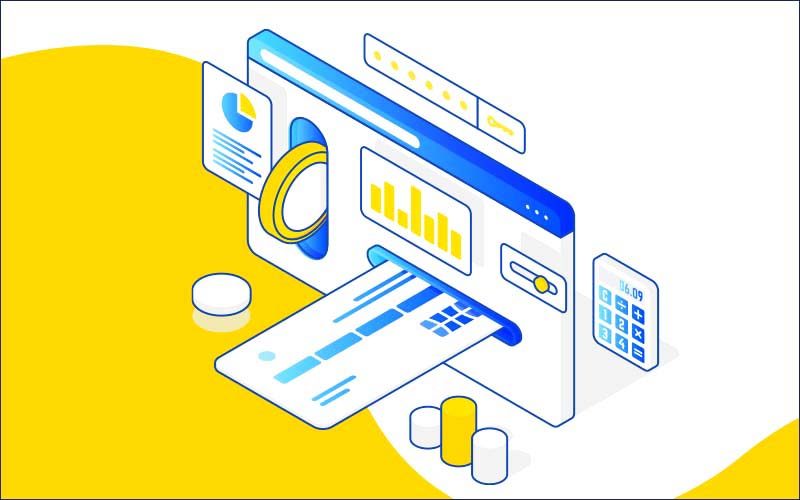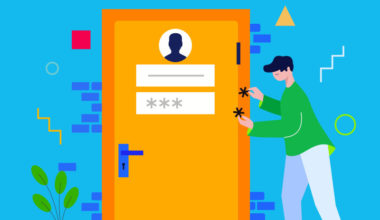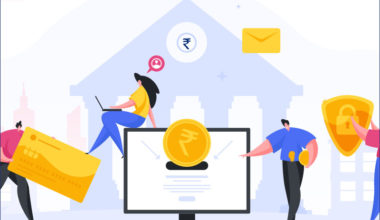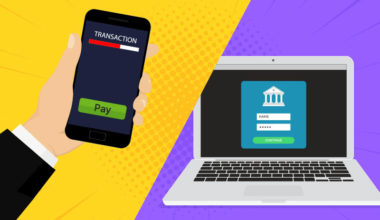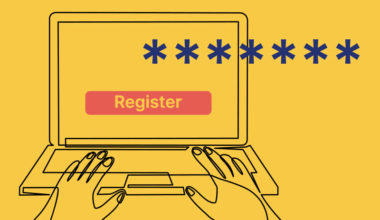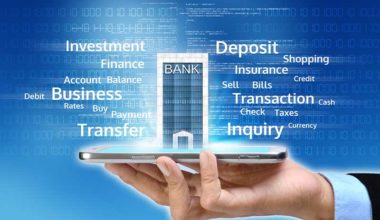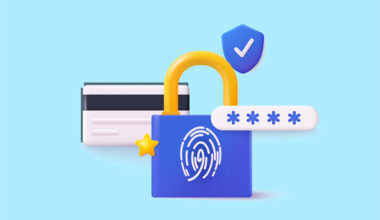Net banking is a digital service provided by banks to their customers that allows them to perform a variety of banking tasks online, such as transferring money, paying bills, and checking account balances. To use net banking, a customer must have an active bank account and net banking credentials.
Net banking offers many advantages, such as convenience and the ability to conduct advanced banking activities without visiting a bank branch in person. However, it is important to be aware that net banking is conducted on an online platform, which can be vulnerable to digital fraud, malicious activity, and hacking. Therefore, it is essential to use net banking responsibly and follow safety guidelines to protect your financial information and accounts.
In this blog, we will discuss how to use net banking properly and provide tips on how to stay safe while using it.
Read More: Difference Between Net Banking and Mobile Banking
10 Top Things to Know about How to Use Net Banking?
Though there is no sure shot way to safeguard oneself from digital issues; however, one can definitely follow the following points to minimize the digital impact:
Keep the Password Strong
- It is advised to create the strong password
- The password should be created by using special characters, lower case, upper case, numeric and alphabets. For example- PrI$#@*222%
- It is recommended to keep the use of personal information like name, date of birth, phone number, email ID, etc., minimal
- Keep the habit of changing the password regularly
- It is considered good to keep the password written on a secret diary, cloud or on Google Keep
- Always keep the password a secret and never share it with anyone
Monitor Account
- Never skip monitoring your net banking account
- Ensure to check the passbook on a routine basis
- In case of finding any fraudulent or suspicious activity, connect with your respective bank to the earliest possible time
Two-factor Authentication
- With the surging number of frauds happening over a digital medium, banks now offer two-factor authentication during the net banking account opening process
- Make sure you enter a registered mobile number to receive OTP
- The code or OTP sent to the registered number or another system remains valid for a short span. Make sure to enter it accordingly
Logout Practices
- Never leave your net banking account unattended
- Always log out after completing your transactions or other banking activities
Use secure connections
- Resist using public Wi-Fi or public networks
- It is advised to always use secure and private network connections
- Look carefully if your net banking website starts with HTTPS: or not
- Ensure if the bank’s net banking website has a lock symbol in the address bar as it states that all the data is encrypted and will be converted into unreadable gibberish before it is sent
Banking Notifications
- Opt for mobile and email alerts whenever a transaction or any other banking activity takes place through net banking or mobile banking
- Keep the bank assistance number or customer care number available to you
- In case of detecting any malicious or fraudulent activity, connect with the bank and stop it immediately
Email Scams
- Banks never ask for a password or other banking credentials details over a call, email or message, hence, beware of any malicious or spammy email
- In case of a complaint, banks always connect with their customer personally and verify the details before beginning with the process
- Do not respond to any phishing emails
- Connect with your bank to confirm the email and details written on it in case you find them valid but dicey to respond
Antivirus Software
- Always use the best antivirus software to safeguard your personal information
- Update the software regularly
Update Operating System
- Keep updating your operating system
- Never skip suggested updates from the device
- Install the latest version of the operating system to keep your information and data protected
Official net banking website
- Always use the official net banking website of banks
- Never login to the net banking website through any third-party website
- Avoid using the automatic login option as the automatic feature stores the login ID and password
Conclusion
Digital network is vast with a pool of information about companies, individuals, organizations and more. It is a little challenging to say that one can safeguard the data from any malicious threat, however, it can be said that using authorized sites, legal practices and a few best practices written above can help a lot.
Read More: How to Activate Net Banking easily?



